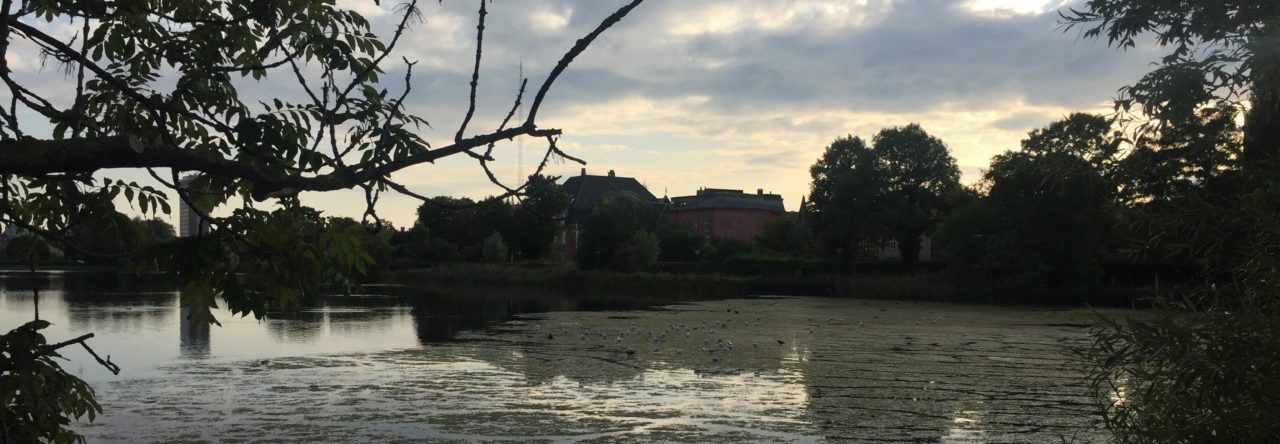In late April, a message was sent out through a Study Abroad listserv from Naropa University regarding a study abroad program that they offer in Bhutan. Intrigued, I took a look at the program (which I would love to send some of my students on one day), and with my curiosity peaked, I explored the website of this university that has been around since 1974. Naropa University is very niche with about 400 undergraduates and just over 600 postgraduates. It is a liberal arts university with a curriculum influenced by Buddhist practices, with a few select majors, including Yoga Studies.
This little niche university reminded me of Natalie Garrett’s experience at Prescott College, which she reflected on when she was interviewed in Inside Study Abroad’s fifth podcast episode in 2016. There aren’t too many other HEIs offering “Adventure Education” majors.
These two small institutions, much like Menlo College, have narrowed in their focus. Granted, as the Chronicle of Higher Education warns in reflection of the closure of Green Mountain College, being “niche” is not enough.
But what if the system were to change?
What if high school students were encouraged to investigate these smaller colleges more closely, and consider them for their degrees? What if we brought these colleges to the attention of students earning their Associate’s degrees at community colleges, seeking transfer opportunities?
What we if we invest our government, societal funds just as much into these niche opportunities – that encourage innovation – just as much as we should be investing in vocational opportunities?
There are enough options for students to be successful somewhere. There are enough funds in this country to be able to make such options accessible. Yet we choose to continue stressing high school students to the point of irreparable measures by focusing so much on the most elite institutions and the most demanding but lucrative positions.
This is a call to employers, parents, and educators alike: Employers, seek curiosity and innovation. Look in the most surprising places for this creativity. Parents, be open-minded. Continue to be mindful of ROI, but engage in learning about how the system has changed and how will continue to change. Educators, don’t forget that the students aren’t the only ones who need to be educated for the system to start moving and shaking – we are at least partially responsible for promoting ideas for change amongst these other stakeholders as well.
